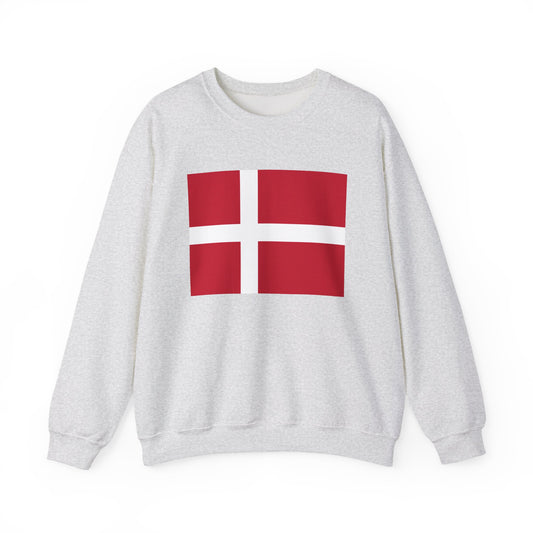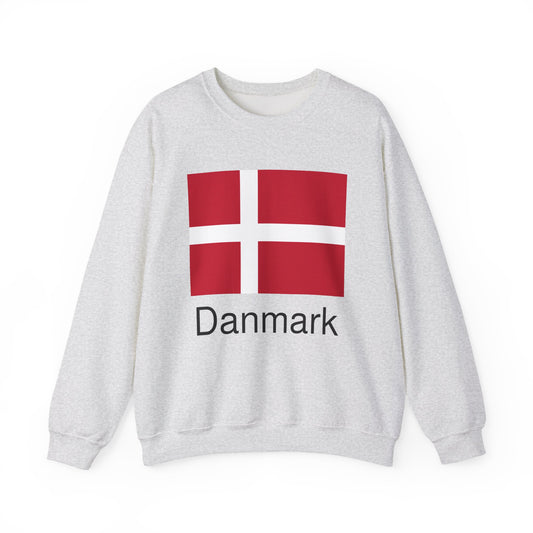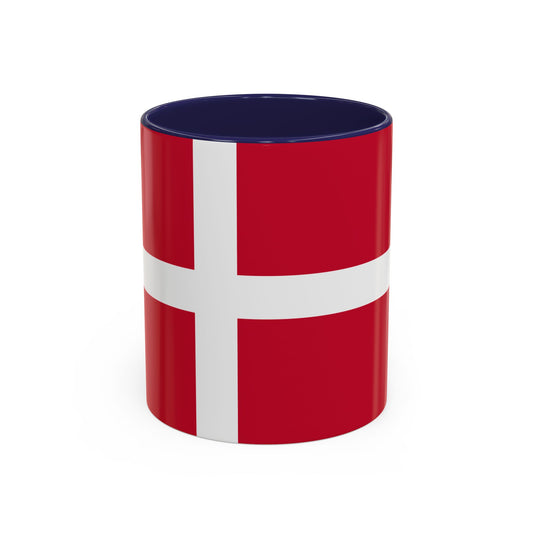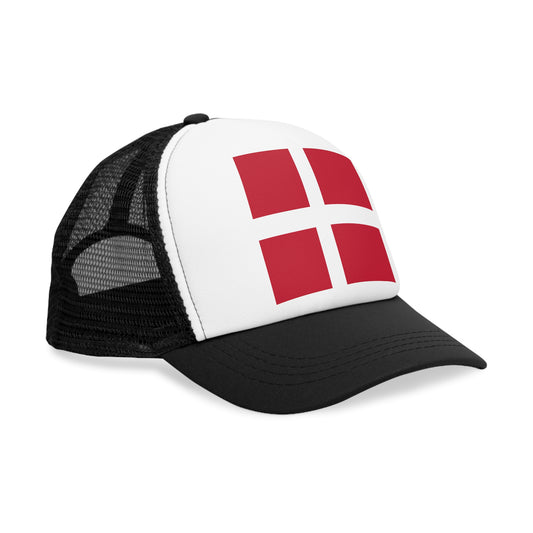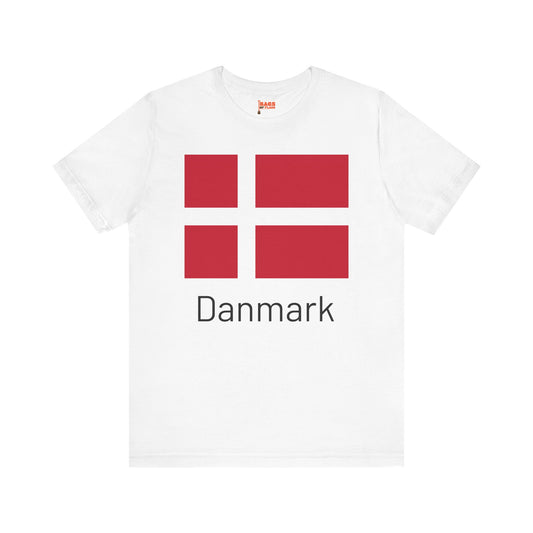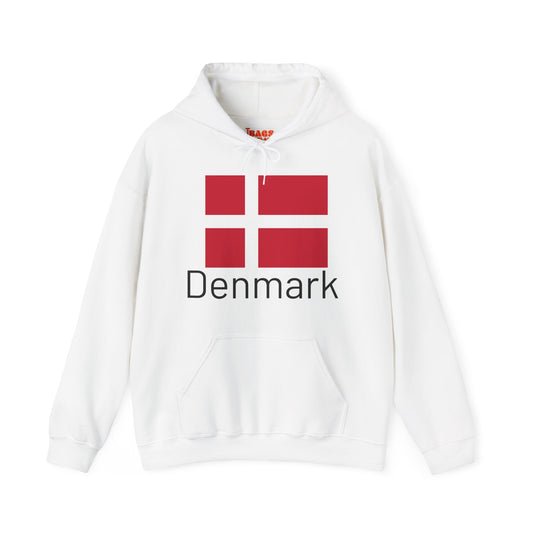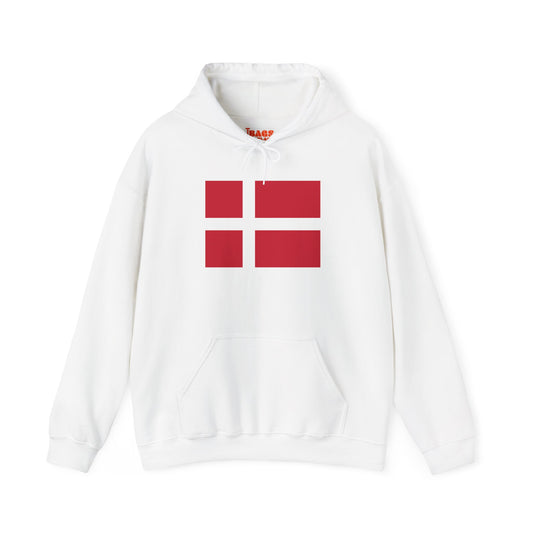-
Denmark Pillow
Regular price $22.65 USDRegular priceUnit price / per -
Denmark Backpack
Regular price $59.79 USDRegular priceUnit price / per -
Denmark Leather Patch Hat
Regular price $18.85 USDRegular priceUnit price / per -
Denmark Sweatshirt
Regular price $34.15 USDRegular priceUnit price / per -
Denmark Flag Sweatshirt
Regular price $34.15 USDRegular priceUnit price / per -
Danmark Sweatshirt
Regular price $34.15 USDRegular priceUnit price / per -
Denmark Mug
Regular price $11.65 USDRegular priceUnit price / per -
Denmark Trucker Cap
Regular price $14.90 USDRegular priceUnit price / per -
Danmark Hoodies
Regular price $34.40 USDRegular priceUnit price / per -
Danmark T-shirts
Regular price $22.79 USDRegular priceUnit price / per -
Denmark Hoodies
Regular price $34.40 USDRegular priceUnit price / per -
Denmark T-shirts
Regular price $22.79 USDRegular priceUnit price / per -
Denmark Flag Hoodies
Regular price $34.40 USDRegular priceUnit price / per -
Denmark Flag on T-shirt
Regular price $22.79 USDRegular priceUnit price / per
Collection: Denmark
The Danish flag, also known as the flag of Denmark, is a striking symbol with a rich history and deep meaning. Beyond its iconic red and white design, there are many fascinating facts and stories associated with this flag that are worth exploring.
Overview of the Denmark Flag

The Denmark flag showcases a bold and simplistic design, distinguished by its vivid red backdrop adorned with a white Scandinavian cross that stretches to the flag's perimeter. This cross is meticulously aligned to be centered vertically and horizontally, ensuring the design remains balanced and harmonious. The stark contrast between the red and white hues makes the flag instantly recognizable and adds to its aesthetic appeal.
The dimensions and specific placement of the cross follow a traditional formula preserved over the centuries, contributing to the flag's timeless and enduring nature. This straightforward design carries a profound significance and is a testament to the flag's historic origins and values. The flag's configuration is not just a matter of national identity but also a reflection of Denmark's cultural and historical ethos, making it a profound symbol for the Danish people and an emblem recognized worldwide.
Historical Context of the Denmark Flag

The origins of the Denmark flag are steeped in legend and tradition, with its history dating back to a pivotal moment in 1219. The flag, known as the Dannebrog, meaning "Danish cloth," is believed to have miraculous origins. According to popular folklore, during the Battle of Lyndanisse, the Dannebrog descended from the heavens amid combat, granting Danish forces an emblem of divine support and a subsequent victory over their adversaries. This moment is not just a cornerstone of the flag’s historical narrative but also marks its first recorded use, making it one of the oldest national flags still in use today.
Over the centuries, the flag has undergone subtle modifications, yet its fundamental design and color scheme have persisted, a testament to its enduring legacy and significance. Its adoption in the early 13th century signaled the beginning of the flag's deep-rooted association with Danish identity, sovereignty, and the country's Christian heritage. The Dannebrog's design, featuring a white cross on a red field, has been influential, inspiring the cross designs of other Nordic countries' flags. While its exact origins and the truth behind the legendary account of its adoption may remain partly veiled in mystery, the flag's historical impact and the sense of continuity it provides have been unmistakable.
Symbolism Behind the Denmark Flag
The vibrant red of the Denmark flag is symbolic of courage and strength, encapsulating the bravery of the Danish people throughout their history. Contrasting this, the white cross stands as a beacon of purity, honesty, and peace, its arms reaching out to all corners of the flag as a symbol of inclusivity and connection. This cross is deeply entrenched in Denmark's Christian roots, signifying faith and belief central to Danish identity for centuries. More than just a religious emblem, the cross on the Denmark flag also represents the nation's commitment to unity and solidarity among its people. It is a visual testament to the enduring values and principles that Danish society holds dear. The simplicity of the design belies the profound meanings embedded within, reflecting a nation that values integrity, unity, and bravery.
Current Relevance of the Denmark Flag
Today, the Denmark flag plays a vital role in the nation's life, embodying its traditions, values, and unity. Its presence is ubiquitous in various settings, serving as a national emblem and a symbol of celebration and remembrance. During national holidays, such as the Queen's birthday or Constitution Day, the flag is prominently displayed across homes, public buildings, and streets, showcasing the collective spirit and patriotism of the Danish people. Additionally, it holds a place of honor in military ceremonies, symbolizing respect for those who have served and sacrificed for their country.
The flag's significance extends beyond formal occasions; it is also a common sight at sporting events, where it is proudly waved by fans supporting Danish athletes and teams on international stages. This widespread use underscores its role in fostering a sense of national identity and pride among Danes, regardless of the context.
Despite its storied past and cherished status, the flag has occasionally sparked debate, particularly concerning Denmark's historical roles and actions. While sometimes challenging, these discussions have also provided opportunities for reflection and dialogue about the nation's history and values, demonstrating the flag's continued relevance in contemporary society. Far from being just a historical artifact, the Denmark flag remains a living symbol of the country's heritage, ideals, and aspirations, deeply woven into the fabric of Danish life and culture.
Additional Facts about the Denmark Flag
Adhering to specific protocols, the flag must be hoisted at the break of dawn and taken down at the close of the day, a practice deeply embedded in the tradition of showing respect for the national symbol. Interestingly, if displayed after dark, it must be adequately illuminated, highlighting the reverence for the flag around the clock. The Dannebrog, as it is affectionately known, boasts a heritage that ranks it among the most ancient flags globally, with its roots tracing back over 800 years.
On occasions of national mourning or to honor significant figures, the flag is often seen at half-mast, a powerful gesture of collective sorrow and respect. Unique among national symbols, the Dannebrog carries an aura of sacredness, reflecting the profound connection between the flag and the people of Denmark. This veneration goes beyond national pride, encapsulating a deep appreciation for the historical journey and the values the flag symbolizes.










